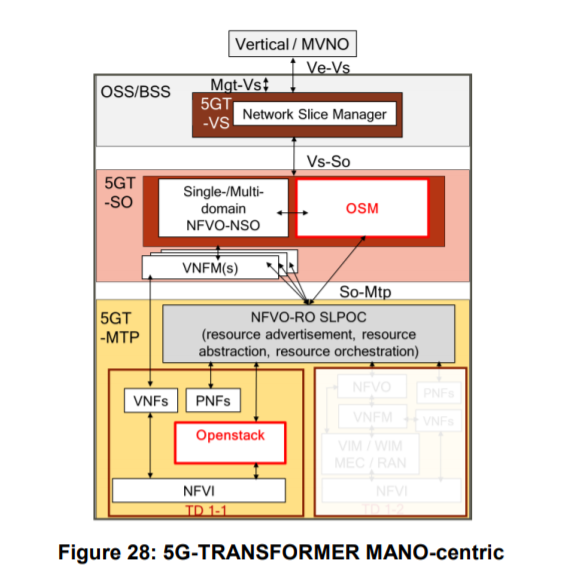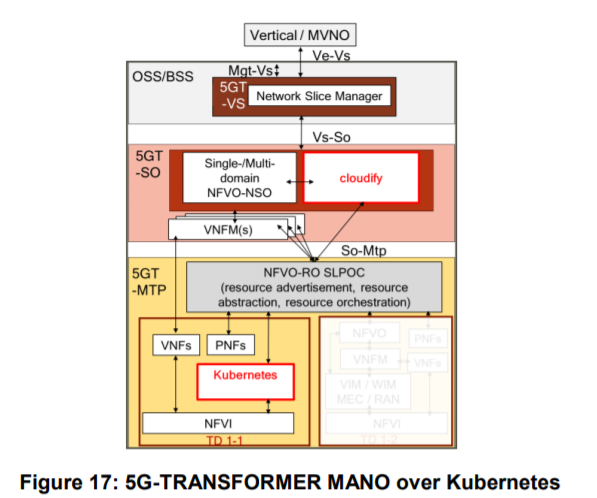The Software Networks Working Group issued a White Paper in August 2019 on “Cloud-Native and Verticals’ services – 5G-PPP projects analysis“. The paper analyzes how 5G PPP projects interpret Cloud-Native design patterns and identify adoption barriers.
As part of the 5G PPP Initiative, the Software Network Working Group prepared this white paper as a follow-up of 2018 Cloud-Native transformation white paper to analyze how 5G PPP projects (NGPaaS, 5G-MEDIA, 5G-Transformer, 5G-City, 5G-Picture, 5GTANGO, SAT5G, MATILDA, Slicenet, METROHAUL, NRG5, and Phase 3 project 5GENESIS). interpret Cloud-Native design patterns and identify adoption barriers. The Software Network Working Group conducted a survey to collect technical inputs from 5G PPP Phase 2 and Phase 3 projects on their:
– supported vertical use-cases,
– adopted virtualization technologies,
– followed architecture patterns.
Results are two-fold:
- Projects are clustered according to their architecture patterns:
a. Most project prototypes evolved from ETSI MANO relying on an Openstack VIM exclusively to include Kubernetes – on bare metal and public cloud – as a new VIM in parallel to Openstack.
b. Meanwhile, they kept orchestration intelligence centralized in a VNFM-like box.
c. Therefore, only a few of them fully exploited Kubernetes as a complete autonomous platform with its own orchestration intelligence able to host both Containerized Network Functions and classical VM-based VNFs. - Analysis:
a. We acknowledge a reluctance for using fully Cloud-Native design provided by e.g. Kubernetes. This reluctance has been analyzed to extract the underlying reasons motivating projects to select this intermediate step where Kubernetes is considered only as a VIM. These reasons are presented as the barriers to adopt the Cloud-Native patterns.
b. These barriers are essentially the lack of standard and technological maturity, implying human adaptation resistance



